Could it be true that Coco Chanel single-handedly transformed women's fashion by prioritizing comfort over constraint? Her revolutionary designs, from the Little Black Dress to the Chanel Tweed Suit, certainly suggest a deliberate shift in style philosophy. Yet, the nuances of her impact stretch far beyond these signature pieces. As you explore her journey, you might uncover how her innovations not only defined an era but also continue to influence contemporary fashion debates. What aspects of her legacy resonate most with today's trends?
Coco Chanel's Design Philosophy
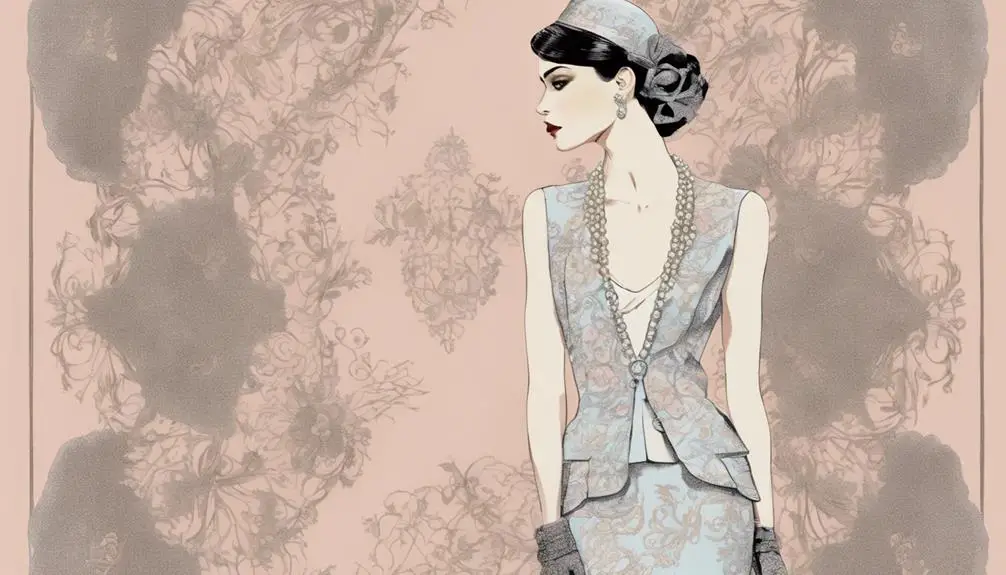
Coco Chanel's design philosophy reshaped the landscape of women's fashion by prioritizing comfort and practicality. As a visionary, fashion designer Gabrielle Chanel liberated women from the constraints of corsets, introducing stylish yet comfortable garments that transformed everyday wear. She championed the use of jersey fabric, elevating it from a mere utilitarian material to a symbol of haute couture, allowing you to move freely and confidently.
One of her most groundbreaking contributions is the Little Black Dress (LBD), which debuted in the 1920s. This versatile piece became a staple in women's wardrobes, seamlessly shifting from day to evening wear, proving that elegance doesn't have to sacrifice comfort.
Chanel's signature tweed suit from CHANELs is another proof of her innovative approach, combining soft bouclé fabric with chic design to create attire that balances style and ease. In addition, her reimagining of costume jewelry made luxury accessible, demonstrating that sophistication could come from less expensive materials. Through these creations, Coco Chanel not only transformed fashion but also redefined how women view themselves, making comfort a practical accessory in their lives.
Iconic Fashion Pieces
Iconic fashion pieces by Chanel have left an indelible mark on the industry, showcasing a perfect blend of style and practicality. These pieces not only revolutionized women's fashion but also became essential staples in every wardrobe. Let's take a closer look at some of these game-changing items:
- The Little Black Dress (LBD): First popularized by Chanel in 1926, this versatile piece transformed black dresses into must-haves for any occasion, earning the title "Ford of fashion" by American Vogue.
- The Chanel Tweed Suit: Introduced in 1925, this suit combined luxury with comfort, breaking free from conventional dressing norms and embodying the essence of the Chanel aesthetic.
- Chanel 2.55 Handbag: Launched in February 1955, this handbag featured a quilted design and shoulder strap, making it the first of its kind to offer hands-free convenience.
- Two-Tone Pumps: Released in 1957, these shoes showcased a beige base with a black toe cap, embodying versatility and comfort, and have remained a timeless classic in women's footwear.
Together, these iconic pieces reflect Chanel's revolutionary approach to fashion, emphasizing elegance, comfort, and practicality.
Timeless Accessories
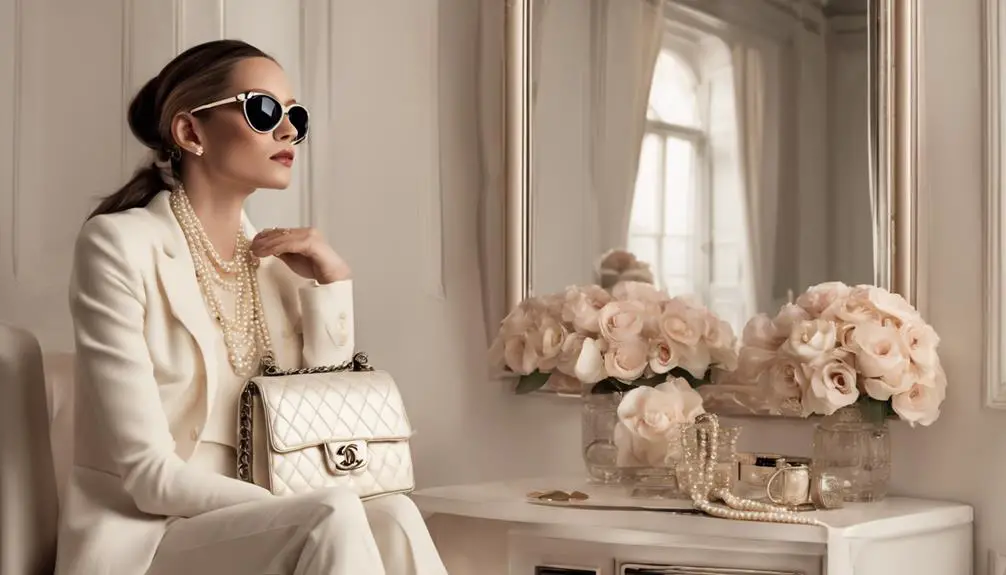
Chanel's influence extends far beyond her iconic fashion pieces, reaching into the domain of timeless accessories that redefine elegance and functionality. You can't discuss Chanel without mentioning her revolutionary approach to costume jewelry, which made luxury accessible to everyone. The iconic Chanel pearl necklace, crafted from imitation pearls, became a hallmark of sophistication, challenging outdated notions of what jewelry should be.
Chanel believed that timeless accessories could elevate even the simplest outfits, effortlessly merging style with practicality. The Chanel 2.55 handbag, introduced in February 1955, was groundbreaking as the first handbag to feature a shoulder strap, marrying chic design with everyday convenience.
Chanel's iconic designs emphasized that accessories should not just complement your clothing but also express your unique personality. By promoting the use of costume jewelry adorned with motifs like flowers and stars, she encouraged you to layer and personalize your look. Her timeless accessories continue to inspire, proving that elegance can be both functional and expressive. So, whether you're donning a classic pearl necklace or swinging a 2.55 handbag, remember that these pieces are more than just adornments; they're a celebration of your style and individuality.
Fashion Shows and Innovations
When you think about modern runway shows, it's hard not to appreciate how Coco Chanel set the stage for what they are today. She masterfully wove art and culture into her presentations, transforming them into theatrical experiences that captured audiences' imaginations. From stunning set designs, like the iconic Eiffel Tower replica, to her pioneering approach in integrating contemporary themes, Chanel established a legacy that continues to inspire designers around the globe.
Modern Runway Standards
Fashion shows frequently evolve, reflecting the dynamic nature of the industry and the influence of pioneering designers like Coco Chanel. Her groundbreaking approach set the stage for modern runway presentations, where creativity reigns supreme. You can see this evolution in various aspects of today's fashion shows, including:
- Innovative Themes: Each season brings fresh concepts that challenge the status quo, much like Chanel's revolutionary ideas.
- Elaborate Set Designs: Think about how immersive environments can transport you to different worlds, enhancing the storytelling of CHANEL designs.
- Diverse Models: The inclusion of various body types and backgrounds reflects a more inclusive approach, breaking traditional norms.
- Theatrical Elements: Just as Karl Lagerfeld integrated drama into Chanel's shows, today's presentations often feature performance art to captivate audiences.
Coco Chanel's Fashion Manifesto championed the modern woman, and her legacy continues to inspire designers. By establishing a global platform for showcasing talent, she transformed fashion into a relatable lifestyle. As you watch these stunning shows today, remember that her innovative spirit still thrives, pushing boundaries and redefining the fashion landscape.
Art and Culture Integration
Bringing together art and culture in fashion shows has become a hallmark of the industry, and Coco Chanel was a pioneer in this integration. She transformed the runway experience by infusing innovative themes and artistic settings into her presentations. A striking example is the 1925 fashion show, where her designs were showcased against a backdrop of art deco and modernist influences, showcasing her commitment to blending fashion with cultural contexts.
In the 1950s, Chanel took theatricality to new heights, crafting elaborate sets, including an entire Parisian street, which captivated audiences and elevated the fashion show to an art form. Her collaborations with renowned artists like Pablo Picasso and Jean Cocteau further exemplified her belief in the synergy between fashion and art.
One of her most revolutionary contributions was the introduction of the Chanel tweed suit, which not only changed women's fashion but also marked a cultural shift toward practical women's wear in the post-war era. This integration of functionality and elegance allowed women to express themselves freely while embracing comfort. Chanel's visionary approach continues to inspire the fashion industry, proving that art and culture can flourish together on the runway.
Legacy of Chanel
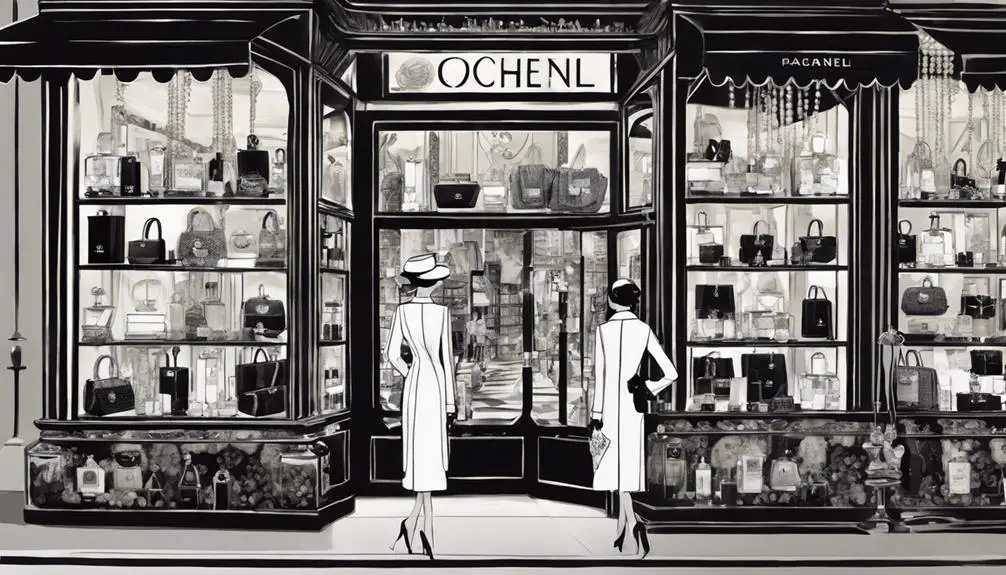
Coco Chanel's legacy reshaped women's fashion in profound ways, liberating them from the constraints of corsets and introducing a new era of comfort and elegance. Her influence is evident in several revolutionary contributions that still resonate today:
- The Little Black Dress: Introduced in 1926, it transformed black into a staple color for women, epitomizing versatility for any occasion.
- The Chanel Suit: Launched in the 1920s, this iconic ensemble symbolizes elegance and comfort, becoming a timeless mainstay in women's wardrobes.
- Chanel No. 5: Released in 1921, this perfume established itself as an enduring symbol of luxury, remaining one of the best-selling fragrances worldwide.
- Innovative Fabrics: By popularizing jersey fabric and costume jewelry, Chanel challenged traditional fashion norms, making luxury accessible and influencing countless designers.
Coco Chanel didn't just create clothing; she cultivated a new mindset around women's fashion. Her legacy continues to inspire confidence and self-expression, allowing women to embrace comfort without sacrificing style. From the Little Black Dress to the Chanel Suit, her contributions have left an indelible mark on the fashion world, ensuring that her vision lives on.
Cultural Impact of Chanel
Chanel's influence extends far beyond the domain of clothing; it reshaped cultural perceptions of femininity and independence. Coco Chanel revolutionized women's fashion in the 1920s by introducing designs like the iconic Little Black Dress and Chanel No. 5 perfume, which offered a fresh, modern vision of femininity that celebrated freedom rather than restriction. The Chanel suit, with its perfect blend of comfort and elegance, became a staple for professional women, challenging societal norms and redefining their roles in the workforce.
Her innovative use of jersey fabric transformed haute couture, making high fashion accessible and practical, reflecting her belief in merging style with functionality. The introduction of the Chanel tweed jacket in 1954 established a lasting symbol of luxury and sophistication, inspiring countless designers while maintaining its cultural relevance. Additionally, Chanel's costume jewelry, featuring imitation pearls and bold motifs, disrupted traditional ideas of luxury, championing the notion of accessible elegance.
Through her visionary designs, Coco Chanel not only shaped French fashion but also empowered women, encouraging them to express themselves boldly and authentically. Her legacy continues to resonate, making Chanel an enduring icon in the world of style and culture.
Evolution of Fashion Week
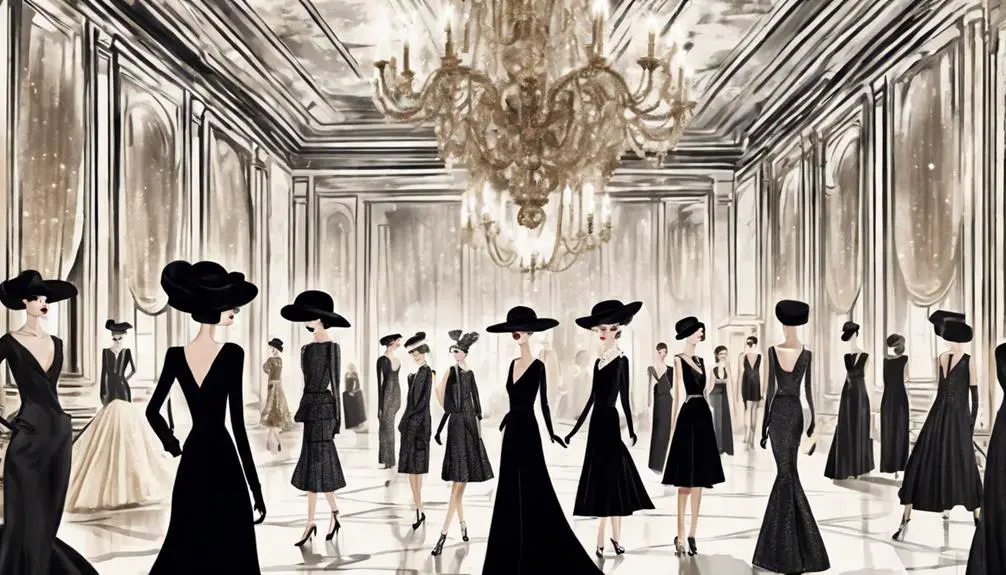
Fashion Week has transformed dramatically over the past century, evolving into a high-profile event that captivates the global audience. Coco Chanel played a pivotal role in this evolution, redefining fashion shows in the 1920s with her innovative approach. Here's how she influenced the landscape of runway events:
- Thematic Presentations: Chanel integrated art and culture, creating immersive experiences that told a story.
- Elaborate Set Designs: Each show felt like a theatrical production, enhancing the overall aesthetic and emotional impact.
- Trendsetting: Chanel set new standards for showcasing collections, inspiring designers to adopt creative strategies in their own presentations.
- Media Exposure: By leveraging fashion shows, the House of CHANEL connected designers with a broader audience, promoting seasonal trends effectively.
Chanel's emphasis on theatricality not only captivated audiences but also made fashion more relatable. As Fashion Week grew, her influence guaranteed that runway events became essential platforms for showcasing creativity and brand identity. Her legacy continues to inspire, making the spectacle of Fashion Week a vibrant celebration of style and innovation.
Frequently Asked Questions
What Is Coco Chanel Known for in Fashion?
Coco Chanel's known for her signature styles that embody luxe simplicity and timeless elegance. Her influence on women sparked a fashion revolution, transforming how they dress and expressing freedom through chic, comfortable designs.
What Are Some of Coco Chanel's Important Life Events?
When you explore Chanel's life, you'll find her early influences in a convent, the wartime impact on her designs, her personal relationships shaping her brand, and her philanthropic efforts enhancing her legacy through various business ventures.
What Is Iconic About Chanel?
Chanel's timeless elegance shines through the Little Black Dress, the iconic Chanel No. 5 fragrance, quilted handbags, and stylish boyfriend jackets. You'll appreciate how these elements revolutionized fashion and remain essential in modern wardrobes.
How Was Coco Chanel a Fashion Icon?
You see, Chanel's design philosophy blended timeless elegance with a fashion revolution. Her emphasis on modern femininity transformed couture, proving that comfort and style could coexist, influencing generations of designers and redefining women's fashion forever.
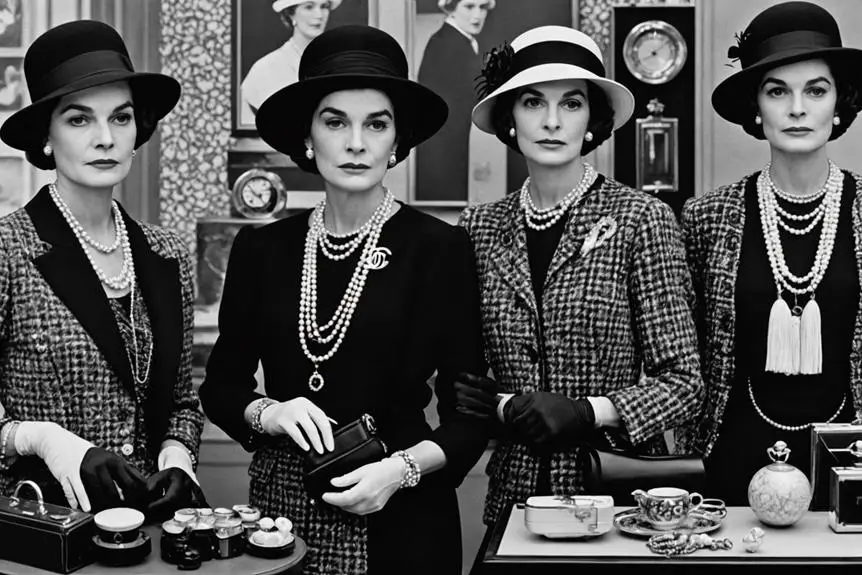

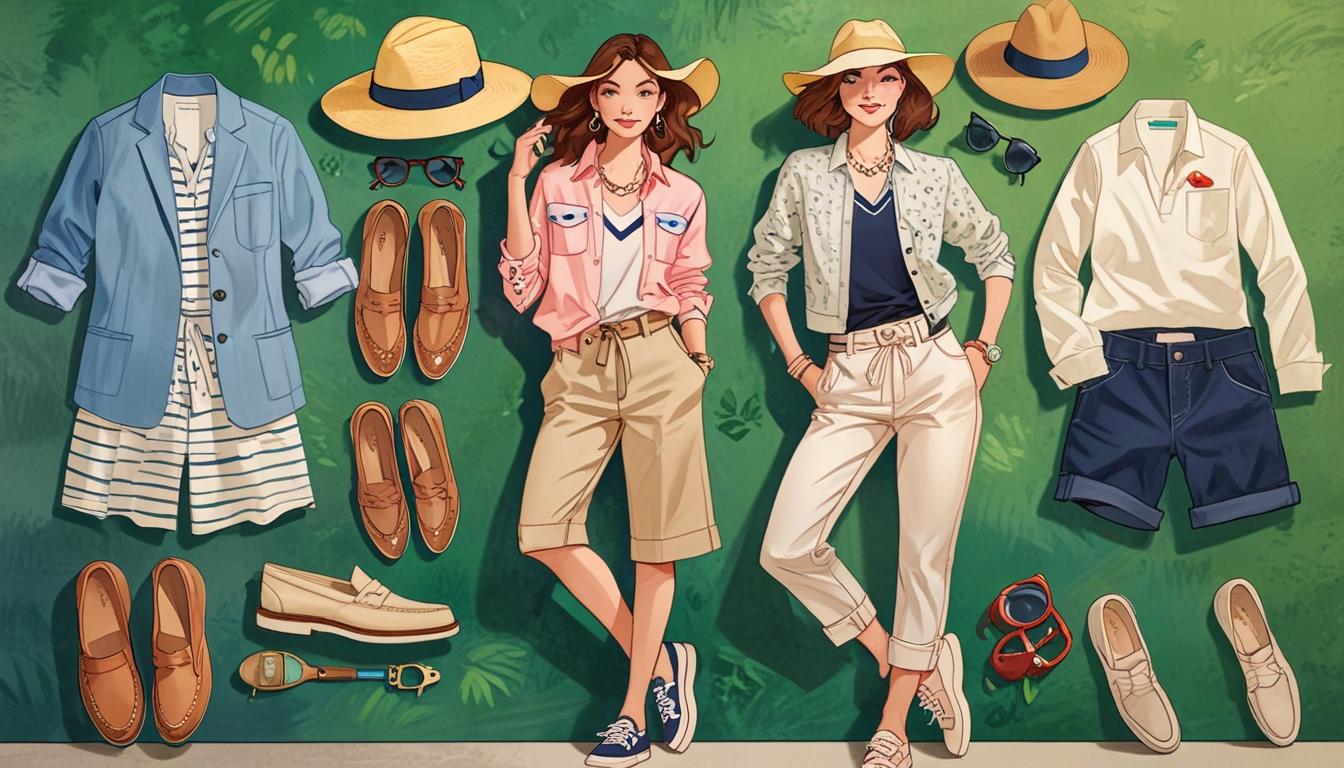
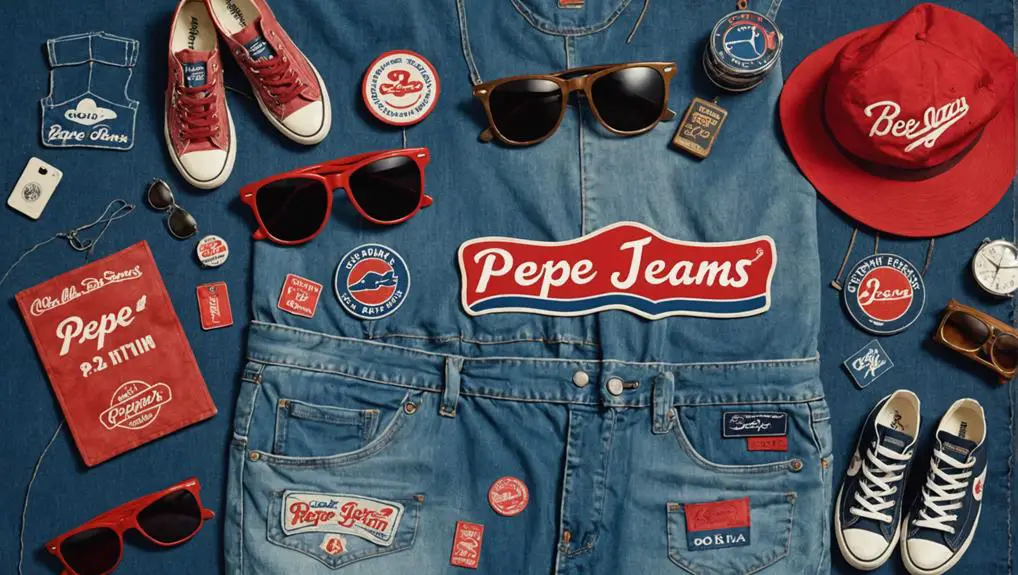
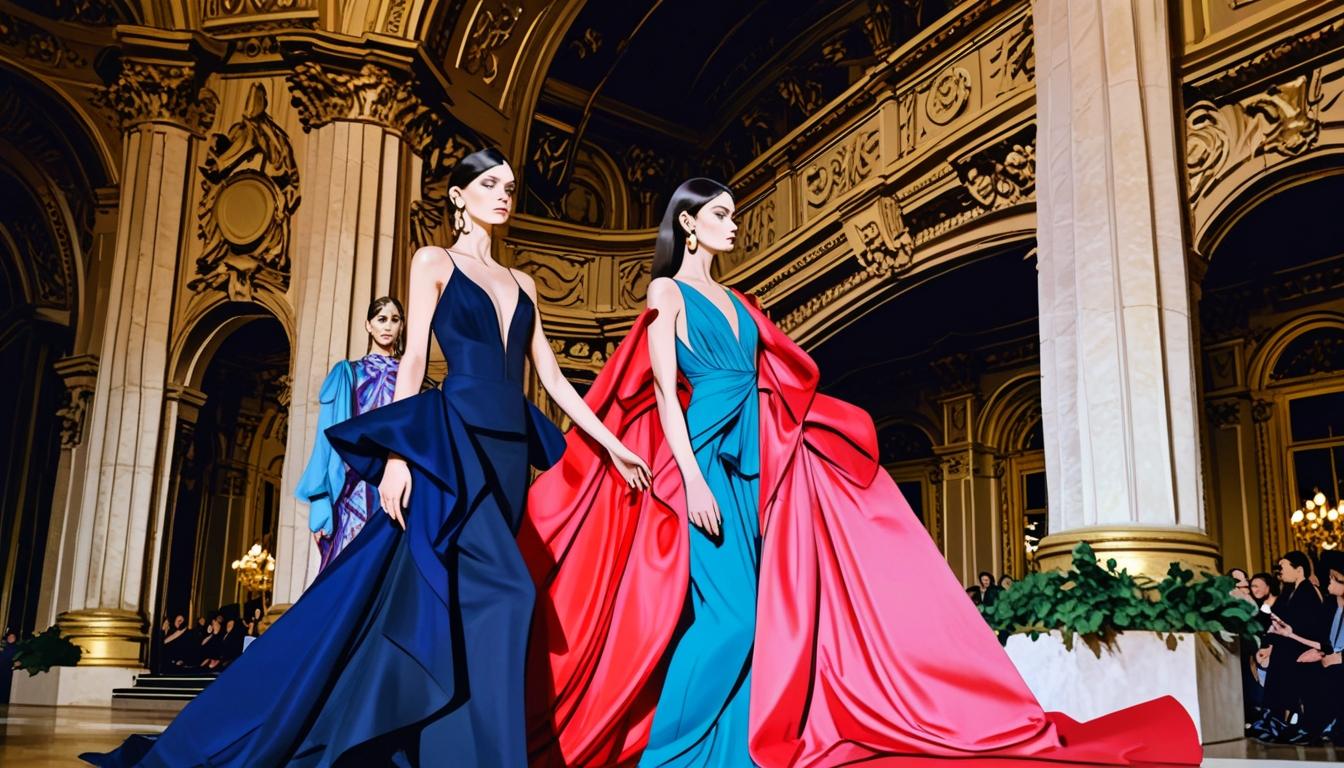
Hello everyone, it’s my first visit at this web site,and paragraph is genuinely fruitful
in support of me, keep up posting such articles.
Can I just say what a relief to uncover somebody that genuinely knows what they’re talking
ahout on the web. You actually know how to bring
an issue to light and make it important. More and more people should look at this and understand this
side of your story. I was surprised you aren’t more popular because you
certainly have the gift.
Hi friends, good paragraph and good urging commented at this place, I am really enjoying by these.
I was suggested this blog by means of my cousin. I am not positive whether or not this publish is written via him as no one else realize such designated about my trouble.
You are incredible! Thank you!